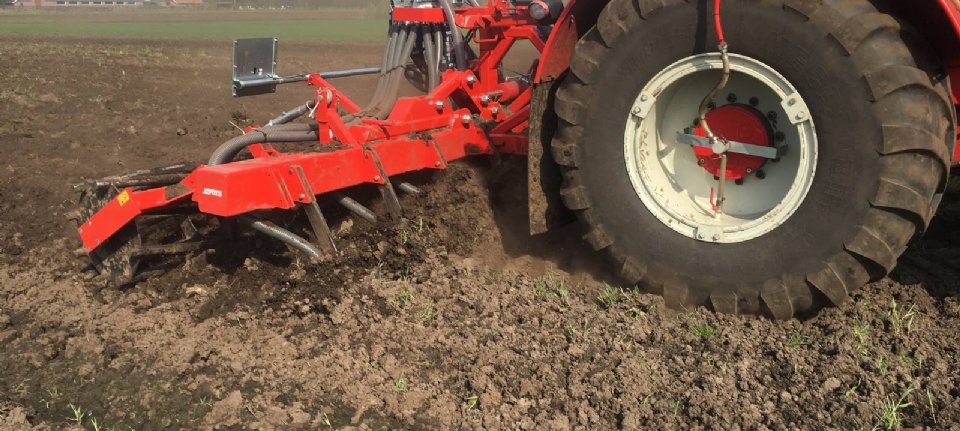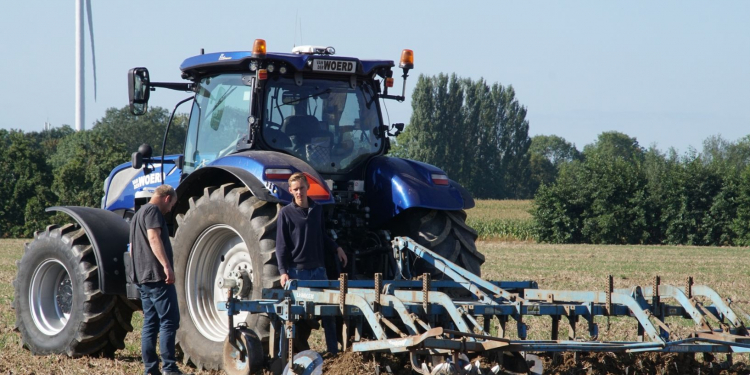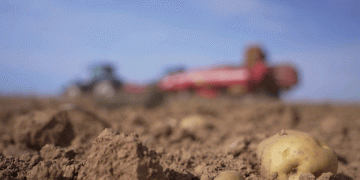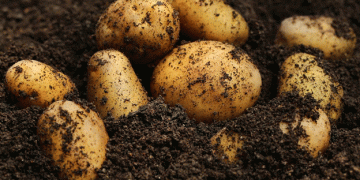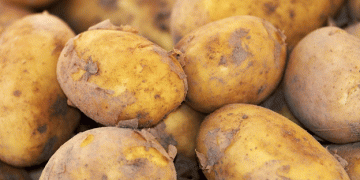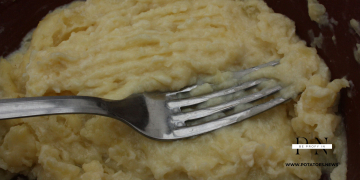The fear that the ground will not be loose enough if you no longer plow is unjustified. According to arable farmer Jasper Otte from Hooge Zwaluwe, the combination of digging and green manure on his farm is enough to keep loose soil.
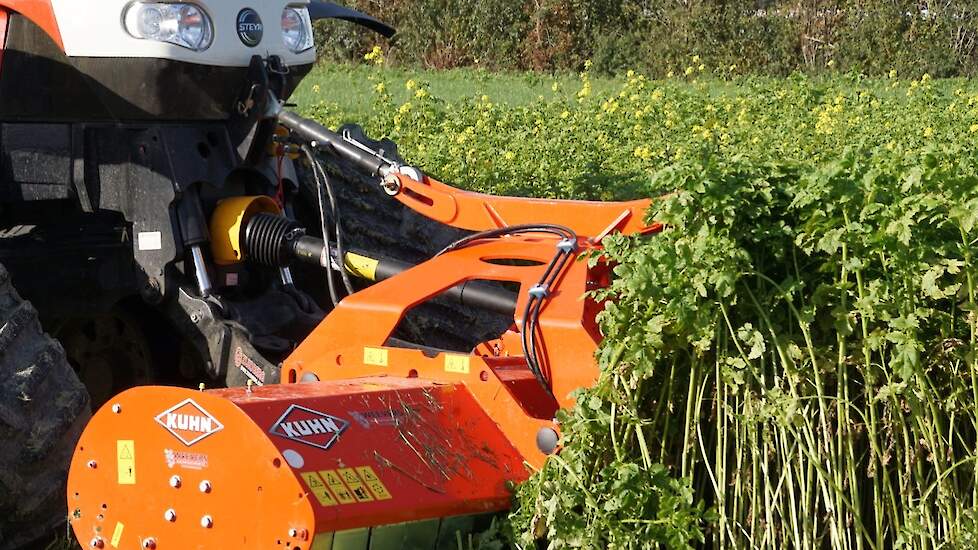
Picture: Jorg Tönjes
Otte has been working with more extensive tillage on his West Brabant arable farm for years. The soil there varies between 30 and 60 percent siltable. Years ago he noticed that there was regular water on the land. The Otte family plowed much less and left the ground covered with green manure in winter. “This is how we protect soil life during the winter,” says the arable farmer.
An additional advantage of the lighter operation is the low fuel consumption. “We only need 30 liters of diesel per hectare. You can work with a combination of turning, rotating and seeding. During the harvest, we drive far fewer tracks in the soil that we treat in this way. The green manure suppresses weeds. If you want to start with this, it is best to start by rotating and sowing wheat cultivation in one pass. ”
Otte explained his working method at the NAJK Online Soil Event. Leendert Jan Onnes, board member of this organization for young farmers, also applies such techniques himself at his company in Finsterwolde, Groningen. Onnes: “We started to do non-inversion tillage to keep the compost and solid manure that we provide at the top of the soil.” To prevent the development of weeds, Onnes uses a false seedbed for sowing the next crop.
Trends
Christiaan Borkus of machine manufacturer Reesink Agri thinks that shallow cultivation of the soil is a clear trend. “Finishing the green manures is then important. We supply various machines for this. ” Reesink has a fast knife roller (the Knoche Speedmax) and a tool that turns the green manure and crop residues into fine mulch (the Kuhn BioMulch). Such tools keep the organic matter in the top layer and stop the growth of green manures and weeds.
Borkus says it depends on the situation whether a shallow operation works out better than plowing. In slightly wetter conditions, working overhead can be accompanied by extra slip. Then plowing could possibly be better. “Discuss this with your cultivation supervisor,” says Borkus. He cites the low fuel consumption and the high capacity with a relatively light tractor as advantages of shallow work. ”
Isn’t it precisely the lighter machines and robots that will determine the tillage in the future? Onnes wonders that. Borkus thinks that light machines certainly have a future, such as hoeing machines and eco-plows, but an important consideration remains the balance between quality and capacity: capacity requires large machines and sufficient speed, quality requires less stress on the soil.
